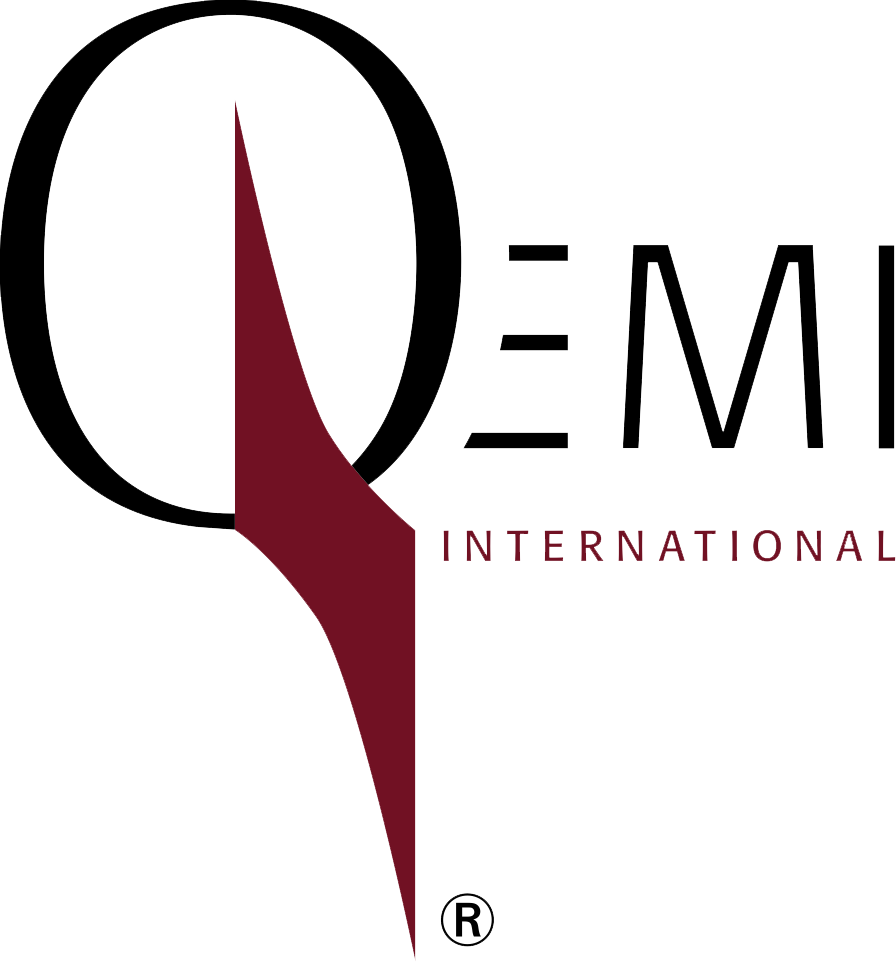Polymer Applications
A list of common industries and applications are shown below. Please contact us with your specific polymer requirements.
| Industry / application | Polymer usage benefit / application |
|---|---|
| Adhesives | Replacement of animal glues Gummed paper tapes and labels |
| Aluminum anodization and surface treatment | Chemical treatment of effluent Sludge treatment |
| Aluminum smelters | Water recycling |
| Aluminum sulfate | Impurity removal during process |
| Asbestos plate | Improvement of filtration rates |
| Borax production | Process |
| Brewing industry | Effluent |
| Brine clarification | Ca and Mg removal |
| Ceramic industry | Effluent treatment Centrifugation aids |
| Chemical industry effluent | Organic chemicals and inorganics Biological treatment sludge handling Physio-chemical treatment |
| Clay and china clay production | Water recycling Concentration |
| Coagulant aid | i.e. flocculant reduction of 50% of alum |
| Coagulant | Under certain circumstances polymers Replace/partially replace inorganic coagulants |
| Coal washeries | Settling of coal slurries Settling of tailings Filtration of coal Filtration of concentrated tailings Centrifugation of tailings |
| Cyanidation | Gold mining |
| Dairy and milk industry | Biological treatment of effluent Sludge handling |
| Dicalcium phosphate | Wet process |
| Dredging and land reclamation | Hopper dredges (slit settling) Soil stabilization |
| Drying beds | Reduction of drying time |
| Electroplating industry | Treatment of hydroxides |
| Filter aid | Sludge conditioning prior to filtration |
| Floatation aid | Improvement of particle size prior to flotation |
| Food processing industry | |
| Hydraulic back-fill | In mining operations |
| Industrial raw water treatment | As a coagulant aid during treatment of river or underground water Dewatering of settled sludge |
| Iron and steel industry | Steel works blast furnace gas washing Clarification in steel rolling mills Clarification of pickling water |
| Iron ore mining | Filtration of fines Wash water treatment Filtration Settling |
| Latex and synthetic rubber effluent treatment | Effluent treatment |
| Leaching | Uranium mining Copper mining Other mineral processing |
| Lithophone | Process |
| Magnesia from sea water | Sedimentation of magnesium hydroxide |
| Meat processing | Waste water treatment |
| Motor industry | Waste water treatment |
| Municipal sewage | Primary sludge treatment Digested sludge treatment Drying beds Sleeve belt presses Physio-chemical treatment Phosphate removal |
| Oil production | Treatment of drilling water Drilling Muds Secondary oil recovery |
| Petroleum refineries | Effluent treatment |
| Pharmaceutical industry | Effluent treatment |
| Phosphate ore | Water recycling |
| Phosphate removal | In municipal effluent |
| Phosphoric acid wet process | Acid clarification Filtration rate Reduction of P2O5 losses in gypsum |
| Potable water | Improvement of process efficiency Treatment of hydroxide sludge Reduction of alum consumption |
| Potash mining | Impurity removal in salt cold and hot processes |
| Potato industry | Effluent treatment |
| Pulp and paper | Treatment of incoming water Filler fiber retention aid Deinking Drainage aid Flotation aid on save-all Effluent treatment Sludge treatment |
| Sand and gravel | Water recycling Wash water settling aid Clay removal |
| Settling aid | Improvement of settling rates through use of flocculant Design of compact units |
| Sugar processing | Cane or beet sugar clarification Water recycling in beet sugar industry |
| Tailing disposal | In mining for environmental purposes or water economy |
| Tannery | Effluent treatment |
| Textile industry | Effluent treatment |
| Titanium dioxide manufacturing | Clarification of “black liquors” Processing of titanium dioxide slurries |
| Zinc electrolysis | Acid leach Natural leach |

